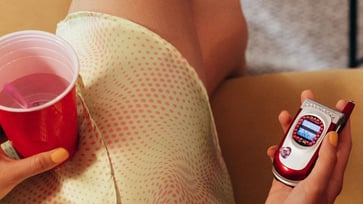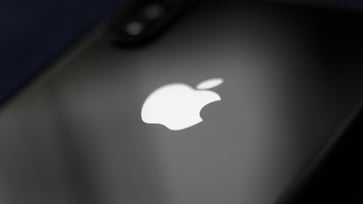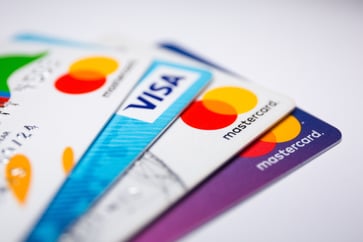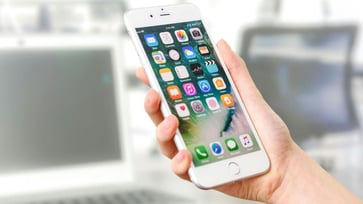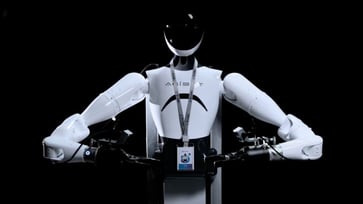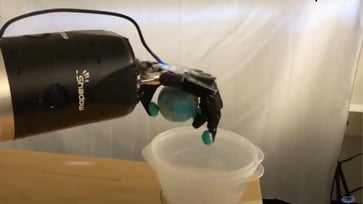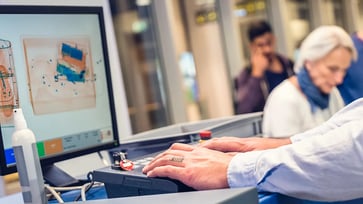A revolutionary device may enable you to identify microplastics in your beverages.
A cutting-edge gadget enables rapid and convenient detection of hazardous plastic fragments.
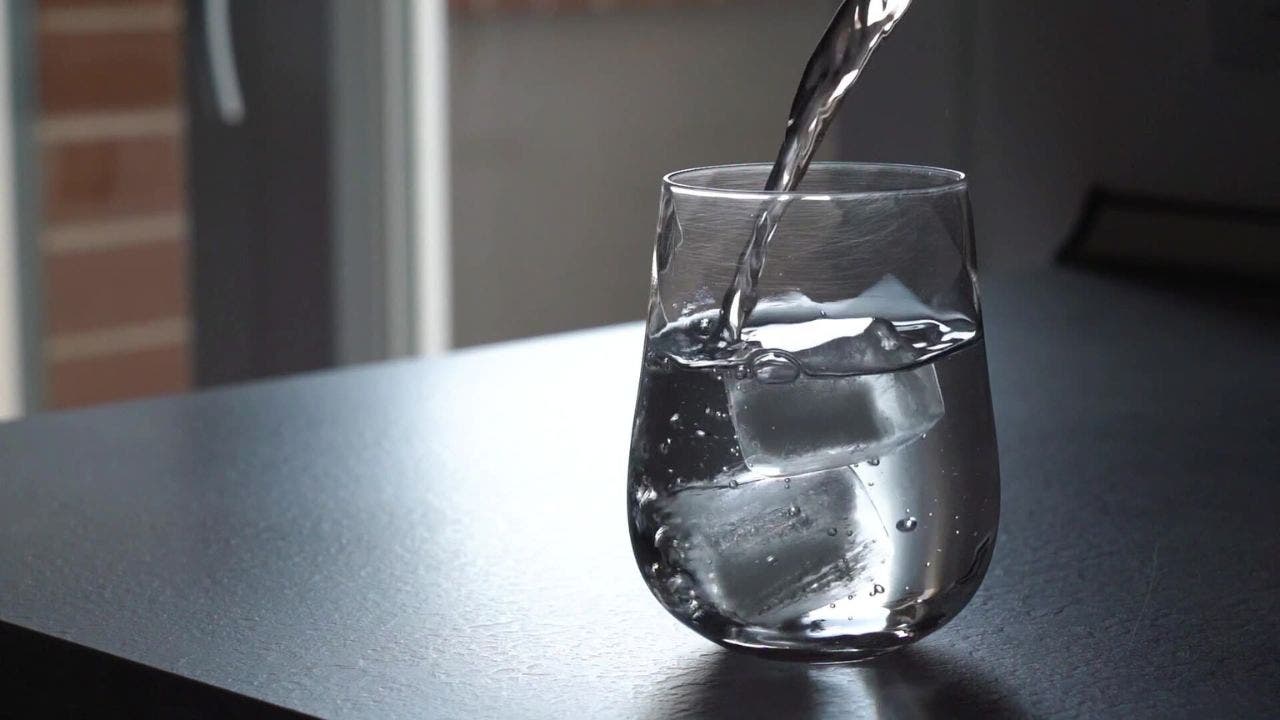
What if the water we drink, which is crucial for our health, contains microplastics?
Microplastics have been discovered in drinking water globally, prompting worries about their possible health effects.
With increasing awareness of the issue, many individuals are questioning their daily consumption of microplastics.

What are microplastics, anyway?
Microplastics are small plastic particles measuring less than 5 millimeters in size. They come from various sources, including the breakdown of larger plastic items, microbeads in personal care products, synthetic fibers from clothing, and tire particles from vehicles. These particles can enter our waterways and eventually our drinking water, posing a health risk.

How much plastic are we actually drinking?
Microplastics have been found in both tap and bottled water, with varying concentrations depending on the source. Studies suggest that bottled water typically contains higher levels of microplastics than tap water. Concentrations can range from 0.0001 to 930 particles per liter in tap water. These findings raise concerns about the safety of our daily water consumption, as reusable plastic bottles may release more microplastics than single-use bottles.

Should we be worried?
While there is limited evidence of direct harm from microplastics, there are growing concerns about the chemicals and additives that are often found in plastics.
Experts are concerned about the potential for microbes to attach to these tiny particles and the long-term health effects of their accumulation in our bodies.

A breakthrough in microplastic detection
Microplastics in water samples can now be accurately detected within minutes using a small, portable device developed by researchers at the University of British Columbia (UBC).
The device, which is a 3D-printed box, contains a wireless digital microscope, a green LED, and an excitation filter. It works with a smartphone app that uses machine learning to analyze images from the microscope. The device only needs a small amount of water mixed with a special solution to make microplastics fluoresce under green light.
The UBC team discovered that disposable polystyrene cups release "hundreds of millions" of nano-sized particles into just 50 milliliters of water, highlighting the widespread presence of microplastics in everyday items and the potential for significant exposure through drinking water.

Implications for public health
This portable tool, which can detect microplastic pollution in drinking water at a low cost, has the potential to significantly enhance our understanding of this issue. It can quickly and accurately identify plastic particles ranging in size from 50 nanometers to 10 microns, which are too small to be visible to the naked eye.
Dr. Yang emphasizes the significance of this breakthrough:
"The detection of microplastics and nanoplastics through a new technique poses significant threats to food systems, ecosystems, and human health. This technique offers a quick and cost-effective way to detect these plastics, which could help protect our health and ecosystems."

What can we do?
To reduce our exposure to microplastics, we can take steps such as using a water filter designed to remove them and opting for tap water over bottled water. Additionally, reducing our use of single-use plastics and developing biodegradable packaging materials can help decrease overall plastic pollution in our environment. Dr. Yang emphasizes the importance of these measures in moving towards a more sustainable world.

Kurt's key takeaways
As we gain more knowledge about microplastics in our water, tools like the one created at UBC will be vital in addressing this growing environmental and health issue. By staying informed and making mindful choices, we can work towards decreasing our exposure to microplastics and safeguarding our health and the environment.
How should government regulation influence the evolution and application of emerging technologies, such as this? Please share your thoughts by contacting Cyberguy.com/Contact.
To receive my tech tips and security alerts, subscribe to my free CyberGuy Report Newsletter at Cyberguy.com/Newsletter.
Follow Kurt on his social channels
Answers to the most asked CyberGuy questions:
New from Kurt:
Copyright 2024 CyberGuy.com. All rights reserved.
tech
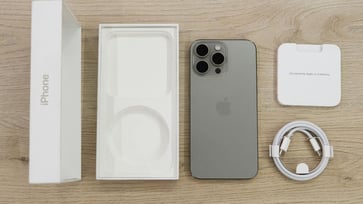
15 things to do or try first when you get a new iPhone: 1. Set up your phone with your personal information and preferences. 2. Install your favorite apps and games. 3. Connect your phone to your Wi-Fi network and other devices. 4. Take a few photos and test out the camera. 5. Set up your email and other accounts. 6. Enable security features like Touch ID or Face ID. 7. Customize your phone's settings and appearance. 8. Explore the built-in features and apps on your phone. 9. Connect with friends and family on social media. 10. Set up reminders and alarms. 11. Use the phone's built-in voice assistant. 12. Download and install new apps from the App Store. 13. Set up your phone's screen time and parental controls. 14. Enable automatic updates for your apps and software. 15. Back up your important data to cloud storage or an external hard drive.
techYou might also like
- Five top home inventory apps to safeguard your property during an emergency
- Your smart home gadgets will soon receive a new security seal of approval.
- This year, save time, privacy, and money with these 10 tech upgrades.
- Is your Windows 11 PC frequently restarting? Let's resolve this annoying issue.
- Sony's entry into the electric vehicle market is a surprising move.


